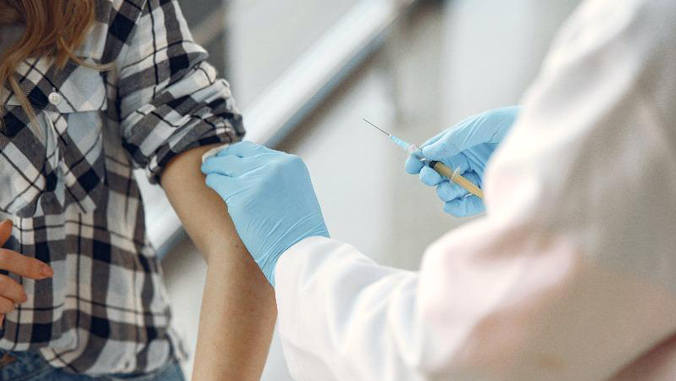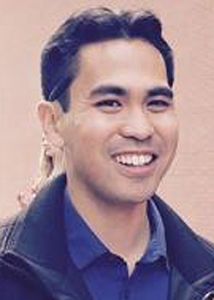
Timely reminder messages via text can boost vaccination rates, according to a megastudy published in a top science journal, co-authored by University of Hawaiʻi–West Oʻahu’s Eli Tsukayama.
Tsukayama, an assistant professor of business administration, was among the authors of “A megastudy of text-based nudges encouraging patients to get vaccinated at an upcoming doctor’s appointment.” The paper was published on April 29 in the Proceedings of the National Academy of Sciences (PNAS), the official journal of the National Academy of Sciences and one of the world’s most-cited and comprehensive multidisciplinary scientific journals.

The study found that low-cost text messages can significantly increase vaccination rates, Tsukayama said.
“More specifically, we tested 19 different messages in a megastudy of 47,306 people to get vaccinated at an upcoming doctor’s appointment,” he said. “On average, the text messages increased vaccination rates by about 5%, and the top-performing message—reminding patients 72 hours and 24 hours before their appointment and noting that a shot was reserved for them—boosted vaccination rates by 11%.”
The study in PNAS is timely and has the potential to save countless lives from the COVID-19 pandemic, Tsukayama noted.
“Developing and producing a vaccine is only part of the battle against COVID-19,” he said. “Encouraging people to choose to get vaccinated and follow through on that decision to keep themselves, their families and their communities safe is another major part of the battle.”
Now that the COVID-19 vaccine supply is exceeding demand in Hawaiʻi, nudging people who want to get the vaccine to follow through on their intentions, as well as encouraging those who are hesitant and skeptical to get vaccinated is important to reach herd immunity, Tsukayama said.
Now Tsukayama and his colleagues are working on a larger related study in collaboration with Walmart, involving more than 700,000 Walmart pharmacy patients.
Read more in Ka Puna O Kaloʻi.
—By Zenaida Serrano Arvman

